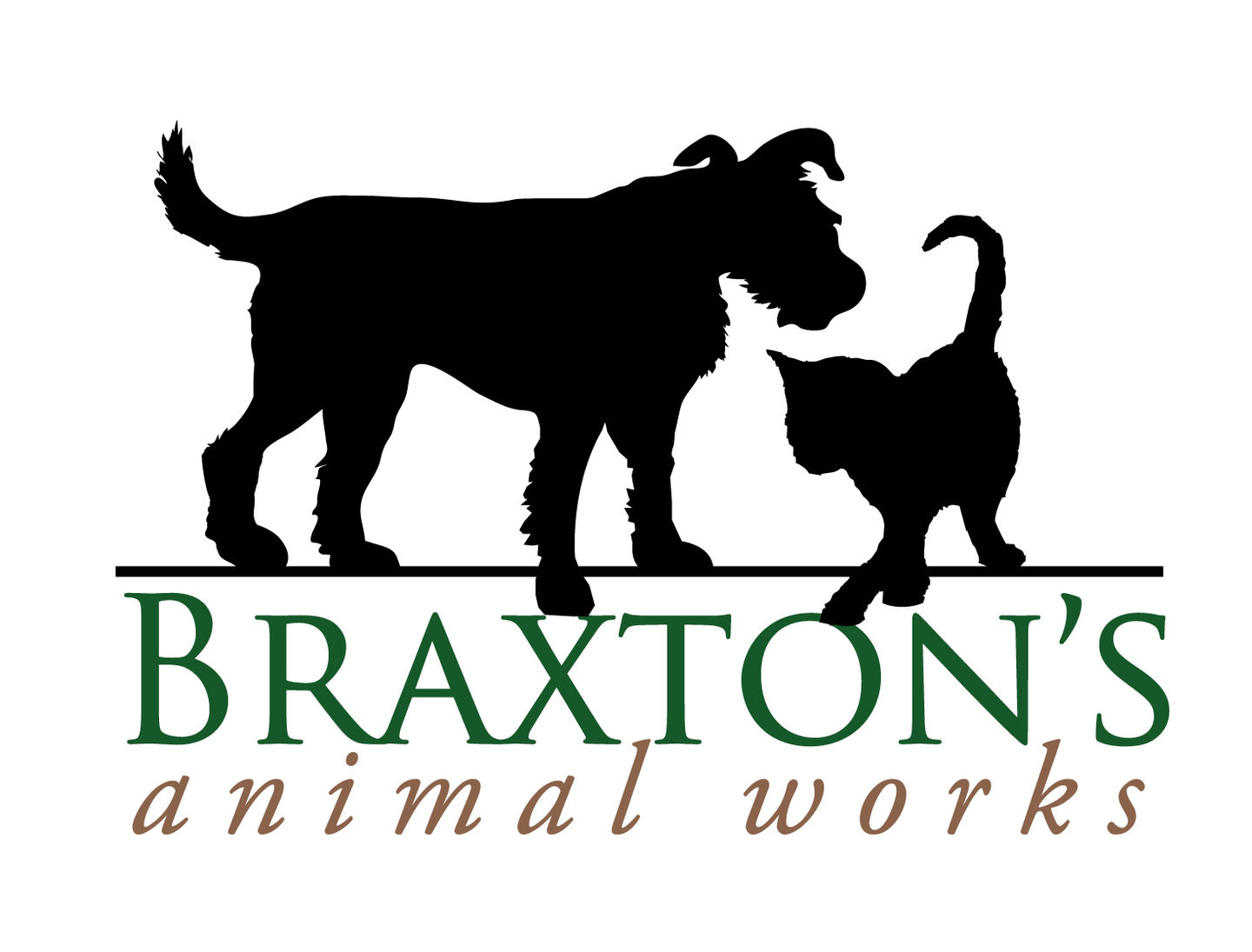As pet owners, we are often so enamored with our furry friends that we tend to overlook some of their behavioral issues. However, resource guarding is one behavior that can quickly escalate into dangerous aggression towards humans or other pets. This aggressive behavior is often triggered when a dog feels threatened or feels like his possessions are being taken away. In this blog post, we will discuss the dangers of resource guarding in dogs and how to train this behavior using positive reinforcement instead of domination.
Understanding the Development of Resource Guarding
Resource guarding is a natural behavior that develops in dogs to protect their food, toys, or space. It is an instinctive response that stems from their ancestors' survival instincts. However, this behavior can be problematic when it becomes overly aggressive, resulting in growling, snapping or biting. One of the reasons resource guarding develops is out of fear of scarcity. For instance, rehomed or starving dogs can display this behavior. It's essential to understand that dogs are influenced by their life experiences, and this can increase the likelihood of dogs developing resource guarding behavior. Some common items dogs may feel possessive over are:
- Food Bowls: Many dogs guard their food bowls or become defensive during mealtime.
- Toys: Objects that resemble prey, such as squeaky toys or stuffed animals, may trigger guarding behavior.
- Beds or Sleeping Areas: Dogs may protect their resting spots, especially if they feel threatened or disturbed.
- High-Value Items: Objects of special value to the dog, such as bones or rawhides, may trigger resource guarding.
- Specific Locations: Dogs may guard certain areas of the house or yard, marking them as their territory.
Breeds Predisposed to Resource Guarding
While resource guarding can occur in any breed, certain breeds are more commonly predisposed to exhibit this behavior. Some of these breeds include:
- Labrador Retriever: Known for their love of food, Labradors may guard their food bowls or treats.
- Cocker Spaniel: This breed's history as a hunting dog has led to a tendency to guard toys or prey-like objects.
- German Shepherd: Their natural protective instincts can manifest in guarding territories or objects.
- Chihuahua: Due to their small size, Chihuahuas may guard their favorite spots or toys fiercely.
- Dachshund: Their instinct as scent hounds can lead to guarding food or objects related to scent exploration.
Traditional Training and Dominance Theory

In the past, traditional training methods used to involve dominating a dog through punishment to reduce resource guarding behavior. Whether it was the alpha roll, leash jerk, or even hitting, these methods can aggravate resource guarding behavior severely. Punishing a dog for displaying a natural instinct won't help. And unfortunately, it can even make the behavior worse. Besides, it is not unusual for a dog to develop a mistrust towards an owner or trainer who uses these methods. It essential to understand that aggression begets aggression.
Positive Reinforcement Training Techniques
Fortunately, modern training techniques have shifted to using positive reinforcement to train dogs with resource guarding behavior. Reward-based training is based on rewarding a dog's positive behavior instead of punishing negative behavior. This method focuses on rewarding a dog for giving up his food, toys, or space without aggression. The way to go about it is to start at the bottom with low-value objects. Gradually work up to higher values until the dog gets comfortable with the routine. Positive reinforcement training ensures a dog develops a trust bond with the owner, making it easier to correct the guarding behavior.

Corrections Methods Using Positive Reinforcement
Correcting resource guarding behavior using a positive reinforcement method must ensure the behavior is anatomic. Ensure to identify situations or objects that trigger resource guarding behavior in a dog. For instance, if a dog is possessive about his food, slowly reduce the amount of food, create a pleasant distraction, and give them treats for responding positively and non-aggressively. Other techniques, such as hand feeding and removing high-value items, can help a dog develop trust and prevent aggression.
Consistency and Patience
It's crucial to understand that correcting resource guarding behavior is a slow and progressive process that requires patience, consistency, and persistence. It's essential to take each step slowly and follow through with the process. Remember, dogs learn through repetition. It is also essential to practice safety measures to avoid accidents. For instance, never force a dog to give up his possessions without first creating a trust bond.
Recap and Tips
- Consult a Professional: Seek guidance from a professional veterinary behaviorist or certified dog trainer experienced in behavior modification.
- Create a Positive Association: Gradually condition your dog to associate people approaching or being near their resources with positive experiences, such as treats or praise.
- Counterconditioning: Teach your dog to associate the presence of people or other pets near their resources with rewards, using gradual exposure and positive reinforcement.
- Trade-Up Technique: Encourage your dog to willingly give up a resource by offering an even more valuable item in exchange.
- Management and Prevention: Minimize opportunities for guarding by implementing management strategies, such as feeding dogs in separate areas or providing designated spaces for high-value items.
- Patience and Consistency: Be patient and consistent with your training efforts, rewarding desired behaviors and avoiding punishment.
Resource guarding in dogs is a common natural behavior that can escalate into dangerous situations. It's essential to approach training in a way that doesn't aggravate the behavior or harm the dog. Punishing a dog for guarding his resources won't help. Instead, shift to using positive reinforcement to train dogs with resource guarding behavior. Reward-based training focuses on rewarding a dog's positive behavior instead of punishing negative behavior. It's important to approach this at a pace that works for you and your dog. Always practice consistency, patience, and persistence when training your dog.

